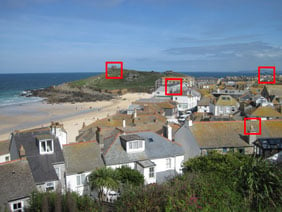Canon Powershot D10
-
-
Written by Gordon Laing
Canon PowerShot D10 Vs Panasonic Lumix DMC-FT1 / TS1 vs Olympus TOUGH 8000 real-life detail
Canon PowerShot D10 |
Panasonic Lumix DMC-FT1 / TS1 |
Olympus TOUGH 8000 | |||
 |
 |  | |||
f8, 80 ISO |
f11, 80 ISO |
f6.3, 64 ISO | |||
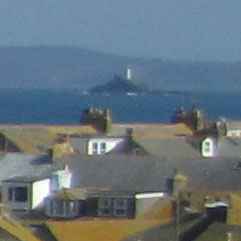 | 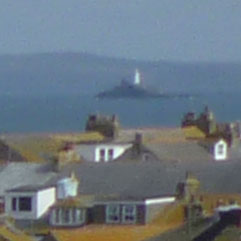 | 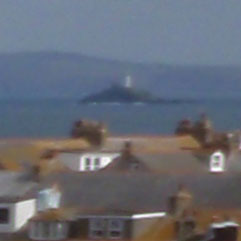 | |||
f8, 80 ISO |
f11, 80 ISO |
f6.3, 64 ISO | |||
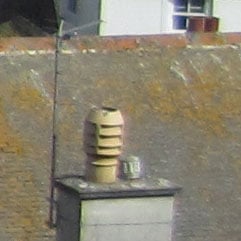 |  |  | |||
f8, 80 ISO |
f11, 80 ISO |
f6.3, 64 ISO | |||
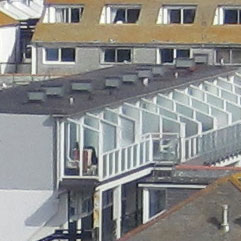 | 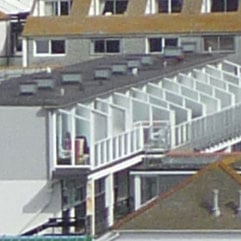 | 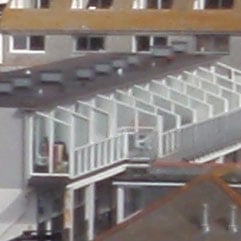 | |||
f8, 80 ISO |
f11, 80 ISO |
f6.3, 64 ISO |
The above image was taken with the Canon PowerShot D10 set to 80 ISO. The lens was set to 6.2mm and the metering selected an exposure of 1/250 at f8. The original 4000×3000 pixel image measured 3.2MB. The four crops are taken from the areas marked with the red squares and presented below at 100%. The first thing to say about these results is that they quell any doubts we may have harboured as to whether the performance of an underwater camera would match that of a conventional compact. The D10’s shots are as sharp and punchy as you’d expect from from any model in Canon’s current compact line-up. These test crops are pretty hard to fault on any criteria. Colours are well saturated and there’s fine image detail across the frame with no evidence of softening at the edges. You can clearly see the people in the distance in the top crop and make out the thin white column of the lighthouse in the second one. The exposure is spot-on delivering good detail across the tonal range, while the auto colour balance has done a good job with this sunny landscape. Comparing the Canon PowerShot D10 with the Panasonic Lumix DMC-FT1 / TS1 is a close call – there’s really very little in it. Like the Powershot D10 the FT1 / TS1 produces crisp, contrasty images with well defined detail and good colour balance and saturation. Looking at the first two crops you might discern differences, but these are largely subjective, you couldn’t really say one was better than the other. In the second crop with the lighthouse, taken from the edge of the frame, the crop from the Panasonic Lumix DMC-FT1 / TS1 is slightly softer, suggesting a marginally inferior performance from the Lumix Lens, but this on its own wouldn’t be enough to choose the Canon over the Panasonic on quality grounds. By comparison with both the Canon PowerShot D10 and Panasonic Lumix DMC-FT1 / TS1 the Olympus TOUGH 8000 puts in something of a disappointing performance. Detail is soft and even a little smeary across the frame and the quality difference is too great to be explained by the camera’s metering system opting for a wider aperture and faster shutter speed. There’s no question that in terms of image quality the Olympus TOUGH 8000 comes a poor third. Now head over to our Canon PowerShot D10 Noise results to see how it compares in terms of high sensitivities. |

